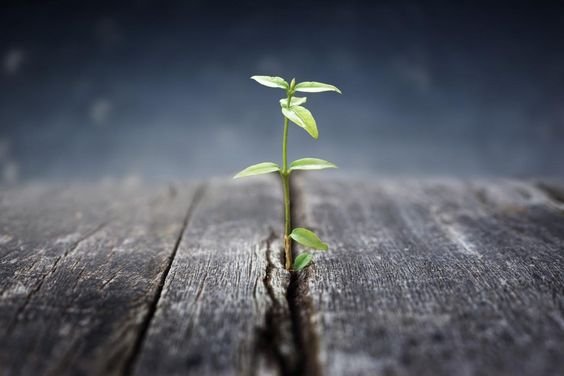For many of us, cooking over a fire pit is a summertime activity meant for charring hot dogs and toasting marshmallows for s’mores. But if you think about it, what could be more satisfying than sitting by a warm fire in the middle of the cold season, letting the heat warm you up while you fry some delectable crispy bacon? Plus, if the lingering smell of bacon grease tends to bother you, it will simply blow away with the wind if you cook the bacon outside.
Whether you skewer your bacon and cook it directly over a flame, or place a pan over the fire, preparing bacon outdoors will give you a superb campfire smoke flavor that you just can’t replicate otherwise. Think of it like marshmallows: you can soften a marshmallow in the microwave and it will have the perfect, gooey consistency for a s’more, but it will taste nothing like a toasty, browned, slightly smoky ‘mallow that you’ve just roasted over a fire. Bacon, a naturally smoky food, is the perfect candidate for the same treatment.

Choose your firewood wisely
You’ll want to prep your outdoor fire pit by using a wood like oak. Oak burns slowly, giving you plenty of time to get your bacon cooked to your liking. Other good options are hickory and maple. As far as woods to avoid for open-flame cooking, don’t use anything that has been treated or stained, as these contain chemicals that you definitely don’t want going into your food. Softwoods that contain resin like pine and fir are also not a great choice. If you’re scavenging outdoors for wood for your cooking, remember this: Trees that don’t produce fruit or nuts, or have needle-like leaves, are likely softwoods. They can be used for a fire intended for warmth, but not for cooking.
In general, bacon requires a longer cook time to render out its fat. Too much heat under your bacon will give you strips that are charred in some spots and undercooked in others. To avoid this, don’t place your bacon over a roaring fire. Let the fire cook down to embers first, which supply a lot of heat, but will also flare up less when the bacon fat drips down onto the wood. If the bacon is cooking too slowly, add another small piece of wood on top of the embers. If you’re a novice at this type of cooking, it may take some experimentation to get the temperature just right, but that’s part of the adventure of outdoor cooking.
Don’t rush the bacon
To grill the bacon, place the strips in a campfire-safe skillet or skewer them, then use a grill grate or some flat, stable pieces of wood to rest the pan or skewers on. This will provide a level surface and secure holding spot. With either method, flip and move your bacon around periodically to achieve an even cooking job. It could take upwards of 30 minutes for your bacon to be finished grilling, depending on how you like it cooked. If it’s cold outside, bring a thermos of coffee and bundle yourself up with a heavy coat and warm boots. Enjoy every sizzle and pop from the bacon and every bit of nature that flies or scurries by.
If you love how your bacon turns out, you’ll want to bring other foods to your wintertime pit fire party. Virtually any type of meat or fish can be deliciously roasted over an open fire. There are also recipes for chilis, soups, and stews to cook in a Dutch oven on a grate above the flames. You can even make grilled pizzas, grilled cheese sandwiches, pancakes, or fried eggs to go with your bacon, or try the unusual practice of beer poking and enjoy a warm beer as the Germans do (don’t knock it till you try it).








